The idea of being immersed in a 3D environment has always been fascinating. So when Virtual Reality was first introduced through the Oculus Rift in 2012, it immediately captivated consumers. Fast-forward to 2023, and VR’s market size is predicted to increase from $5 billion to at least $12 billion by 2024.
So why exactly is VR becoming so popular? For one, manufacturers have drastically improved rigid-flex PCB technology, which has enabled modern headsets to become more compact, lightweight, and accessible — while still keeping them powerful. Gone are the days when headsets were limited to arcade use. Moreover, VR is being used by other industries outside of entertainment too. For instance, schools are using it to take field trips to outer space, healthcare is using it for rehabilitation, and HR is using it for skills training.
Indeed, VR is continuing to grow. Here are other exciting trends in Virtual Reality you can watch out for this year:
Contents
Immersive Sports Events

Virtual reality is significantly elevating sports events and making it a more immersive experience — compared to simply watching games on TVs or computer screens. For instance, the NBA released the VR/MR League Pass in 2018. This cross-platform app lets you watch games from various angles. In the World Cup 2018, the BBC had an app that showed all the matches in VR — accompanied by commentary from Match of the Day, and real-time match updates on a live dashboard. As technology is continuously being developed, watching sports events on TV will make it much more exciting.
Virtual Tourism
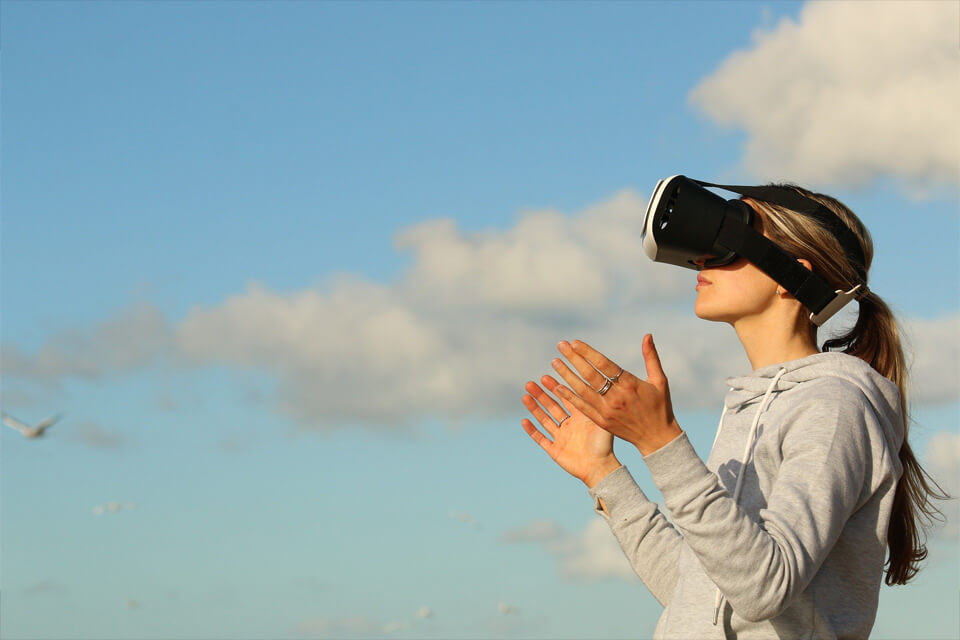
The pandemic forced people to cancel any plans of traveling. However, VR is becoming a safer option to see some sights without actually leaving your home. An example is the National Geographic Explore VR, which lets you explore various locations such as Machu Picchu and Antarctica. You can even use VR to try out attractions and hotels before booking them or adding them to your itinerary. Destination BC does this by utilizing 360-degree videos, which showcase some of their locations like the Fort St. James National Historic Site and the Muskwa-Kechika Wilderness. Virtual reality allows for more convenient and safer travels, while also being an inexpensive alternative to actual traveling.
Skills Training
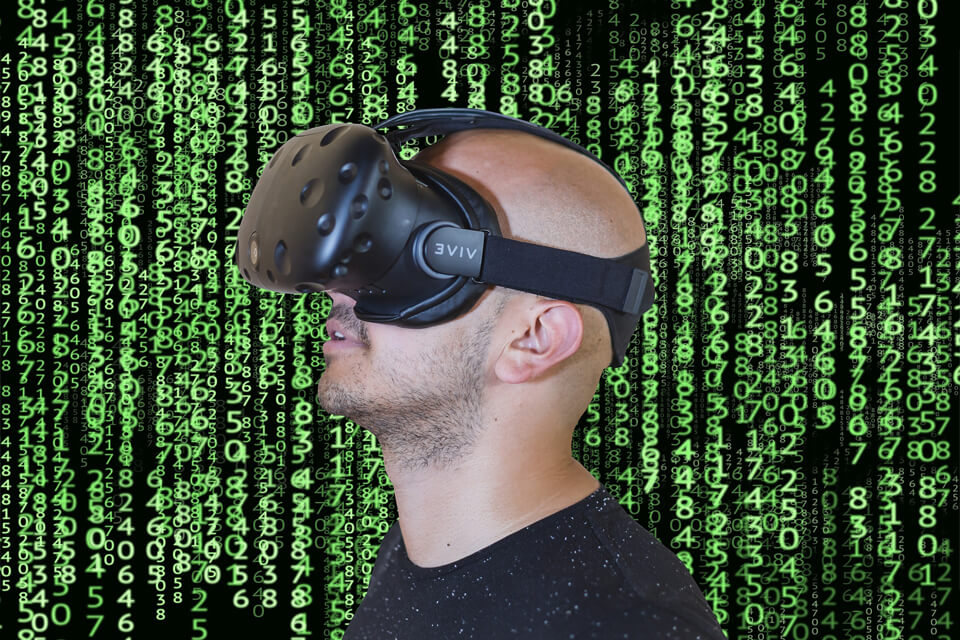
VR can be used for the training of various hard and soft skills. It can test if a pilot is ready to fly a plane through the Airmanship Next program, and even train doctors for surgery using the 3D Surgical Prep. However, Virtual reality can also help develop soft skills, such as communication, teamwork, and leadership. Soft skills are essential to any industry, but it has become more difficult to develop during the pandemic since face-to-face meetings are limited. To that end, VR improves training by teaching people to interact properly with coworkers and clients in a virtual setting. Using VR for training lets people develop skills without any real-world consequences in case they do something wrong.
Language Learning
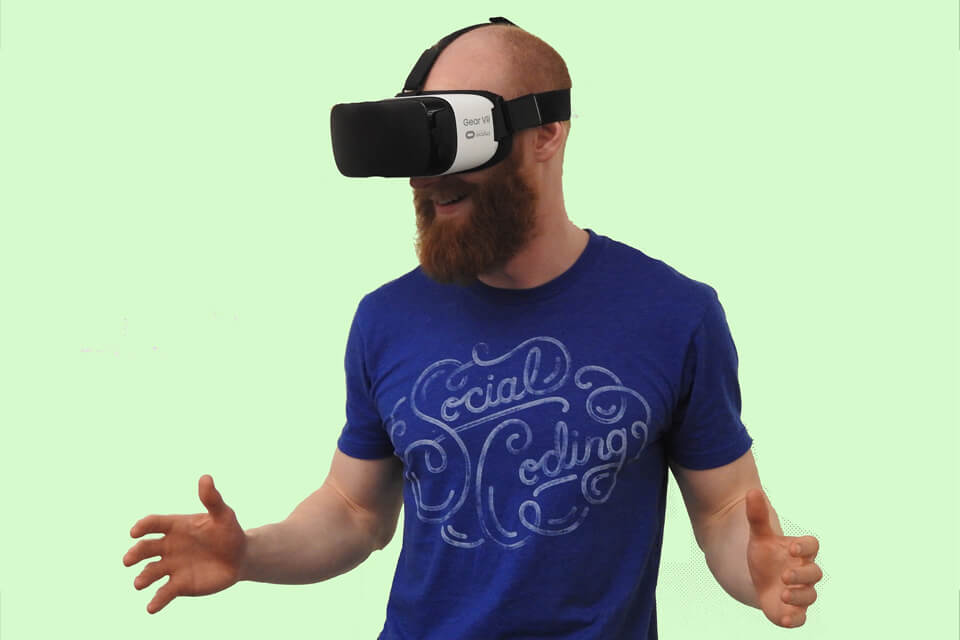
VR makes language learning less intimidating. For instance, VR tool VirtualSpeech helps students learn English so they can be more competitive at work. The app immerses the user in realistic, business-related situations, such as interviews, meetings, and presentations. It analyzes the user’s speech and action, giving users immediate feedback regarding their fluency, pacing, and even eye contact. Similarly, ImmerseMe is an app that offers nine languages, including Spanish, Japanese, and Greek. It immerses you in casual, everyday scenarios, such as when ordering a baguette in Paris. All in all, language learning with virtual reality lets you practice without feeling the pressure or embarrassment of making mistakes.
Social Platform
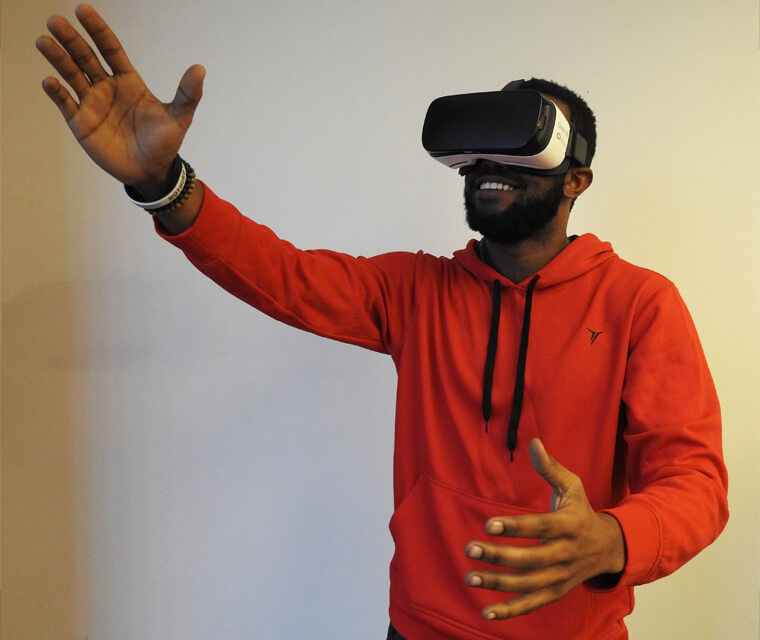
The possibility of using VR as a social platform was introduced when Facebook acquired Oculus. VR can give that sense of “shared space” by creating the illusion of a larger space and co-presence — whether it be simulating get-togethers, virtual events, or employee training. With virtual reality, there are also unlimited options for presentations during meetings, as information can be presented in a 3D space rather than 2D charts on MS Excel or Word. Virtualitics, for example, lets e-commerce owners compare clusters of similar customers by customizing data sets according to color, size, and shape. VR isn’t just functional; it’s a great tool to get creative, too.
Innovative Shopping Experiences
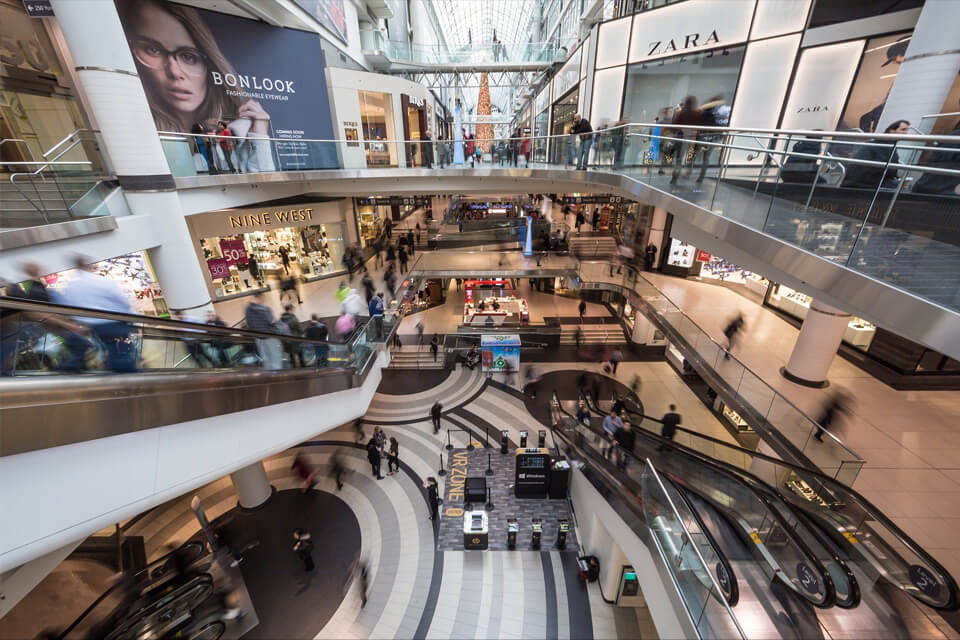
The pandemic fuelled the rapid rise of e-commerce. Through VR, companies are able to give customers new experiences with the same convenience as going to a physical store. For example, Dior created a virtual version of their shop in Champs-Elysees, Paris. Online, consumers can tour the store, browse products on the shelves, and even try on items. Meanwhile, the K11 Guangzhou mall in China has an app that can provide guided experiences while exploring the mall and looking through the shops. Shopping through VR lessens the time spent physically browsing the shelves and waiting in long lines to buy products.
